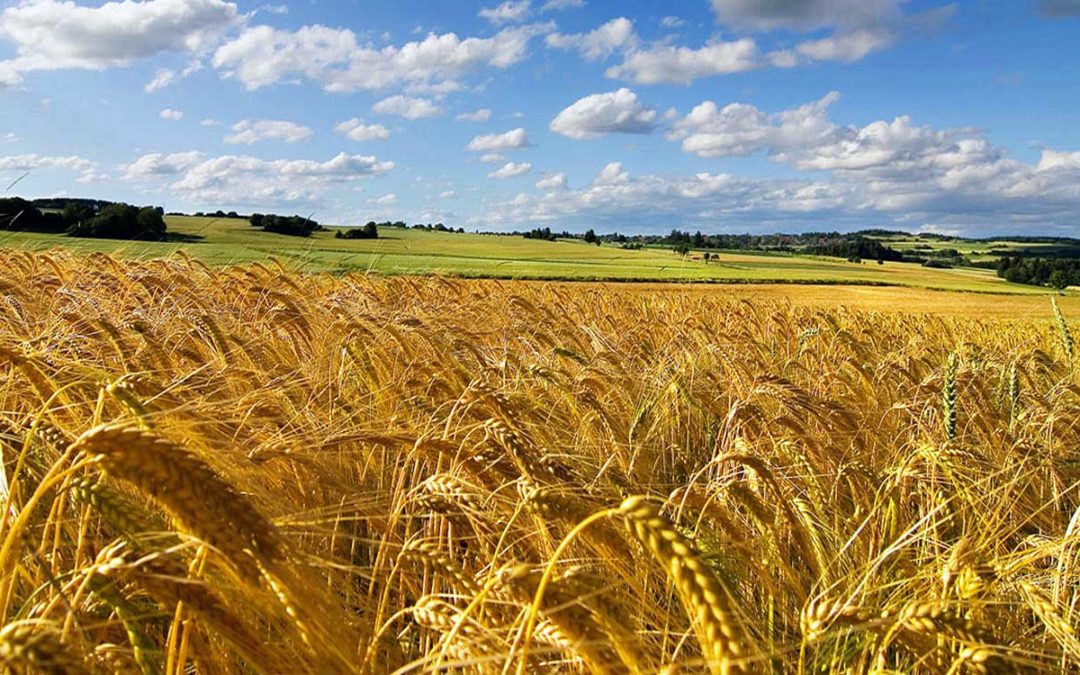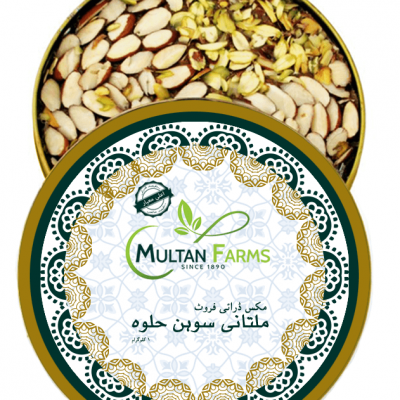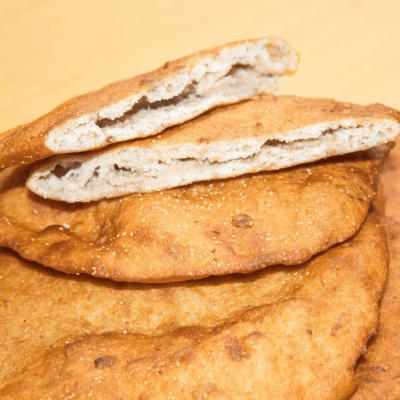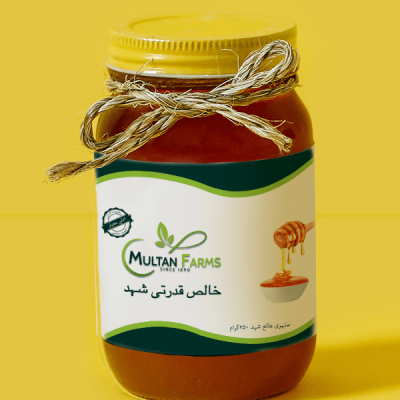How crops lodge?
Cereals lodge due to interactions between wind, rain, and soil with the plant. The factors affecting wheat lodging are wind speed, rainfall, soil strength, soil residual nitrogen, sowing date and plant population.
STEM lodging:
If the stem buckles, lodging results. Wind force exerts leverage on the plant. Results in STEM lodging. Stem strength depends on stem diameter and the composition and width of the stem wall. Stem lodging occurs when the stem base has insufficient strength to hold the shoot up against leverage.
ROOT lodging:
Rain decreases soil strength and anchorage. Anchorage depends on the spread and depth of the root plate
and the strength of surrounding soil.
Root lodging occurs when the root system has insufficient
anchorage to hold the plant up against leverage.
Costs of lodging:
On average, every three or four years widespread lodging occurs on up to 20% of the UK winter wheat area. Lodging has serious economic effects; yield is reduced and quality impaired while combining and drying costs increase.
Economic loss is greatest when crops lodge early. Up to 75% of yield can be lost if crops lodge at ear emergence.
Later lodging has less effect on yield but will impair quality characters such as Hagberg falling number. Lodged crops often require extra drying which can cost £3–£7.50/tonne.
Factors affecting wheat lodging:
Environmental factors:
Wind speed:
Lodging risk increases as the wind leverage exerted on shoots rises. A 5kph increase in the maximum wind speed has the effect of reducing the varietal lodging resistance score by 1.
Rainfall:
Just 6–11mm of rain in a day reduces soil surface strength and significantly increases the risk of root lodging. In a season with four extra days (compared with the farm’s average) when rainfall exceeds 7mm, the varietal lodging resistance score will effectively be reduced by 1.
Soil strength:
Soil shear strength has a large impact on anchorage strength and has the most effect on root lodging risk. Soils with good crumb structure, low clay content or high organic matter tend to provide less anchorage and hence crops are at a higher lodging risk. Soil strength also reduces significantly as moisture content increases.
Other factors:
Long growing seasons, high fertility sites or eyespot infection can increase lodging risk.The varietal lodging resistance score decreases by 0.5 points for each 1t/ha yield increase. Crops grown in fields with light and drought-prone soils tend to lodge less. Latitude influences sowing date and length of growing season which affects lodging risk.
Predicting lodging:
Crop condition in spring can indicate future lodging risk.
Root lodging risk increases when plant population exceeds 200 plants/m2.
Stem lodging risk increases when the canopy at GS31 is large (green area index of 2 or more, or ground cover of >60%) as such crops tend to be weak-stemmed.
Assessing and managing risk:
To assess the likely threat of lodging to a specific crop, start with the resistance to lodging score for the variety in
Factor
Variety:
The HGCA Recommended List® provides a combined root
and stem lodging resistance rating for each variety. Recent
research shows that husbandry affects root and stem
lodging to different extents.
Soil residual nitrogen:
The amount of nitrogen left in the soil after a previous
the crop can significantly affect lodging risk. See ‘Further
information’ for references to RB209 and T516 which
provide details on calculating crop N need and soil
residual nitrogen.
Sowing date:
Early sowing leads to taller crops with a higher risk of both
root and stem lodging.They also have denser canopies and
often weaker stems. Adjustments (see right) are for
central England. In northern Britain treat score forend
September as zero.
Plant population:
Crops grown at higher plant populations have an increased
risk of root lodging due to reduced anchorage strength.
Stem strength is also reduced to some extent.
Total lodging resistance score:
Lodging risk
Fertiliser nitrogen:
Early (pre–GS31) or excessive applications of nitrogen increase tiller numbers and reduce stem strength.This
increases the risk of both stem and root lodging. Nitrogen applications should always seek to optimize yield and quality.
A canopy management approach to nitrogen use (delayed and reduced applications) increases both root and stem
lodging resistance by 0.5 points. Delaying the first split where soil fertility is moderate or high is unlikely to affect yield.
Plant growth regulators:
Tall crops are more prone to root and stem lodging. Plant growth regulators shorten crops to reduce both lodging
risks to similar extents.
A single PGR application can increase both root and stem lodging resistance by 0.5 to 1.5, depending on variety and
conditions.
Spring rolling:
Loosely-structured soils provide weak anchorage for crops. Spring rolling, in appropriate conditions, consolidates such soils to reduce root lodging risk.
Spring rolling before GS30 increases the root lodging resistance score by 1. Rolling after GS30 can damage the growing point.





